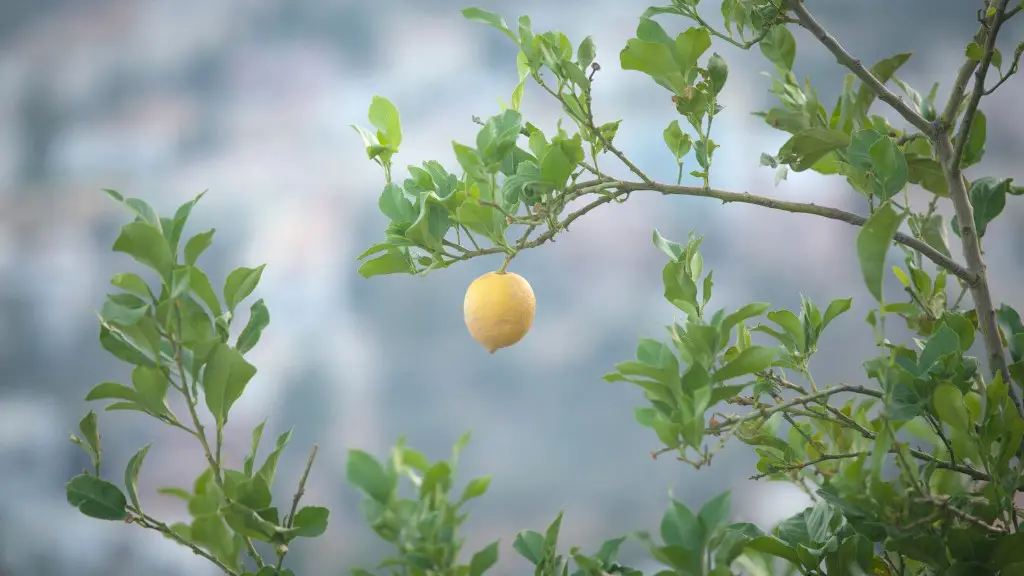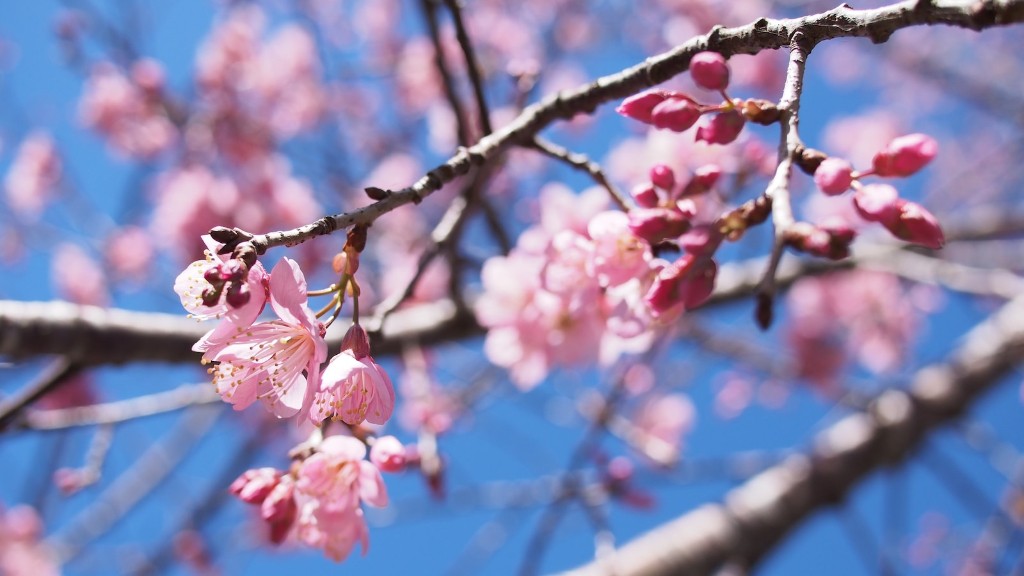Lemon trees take anywhere from three to five years to become productive. It all depends on the variety, age, growing conditions and the size of the tree upon planting. Generally, a small lemon tree, like a dwarf variety, starts producing fruit in three years, while a standard-sized tree can take four or five years.
Citrus trees grow best in warm climates and do not thrive in cold temperatures. Before planting, it is important to make sure the temperatures in the designated growing area are suitable for the particular variety of tree. Additionally, for proper growth to occur, trees should be planted in an area with full sun exposure, good soil drainage and that includes plenty of organic matter. The best time to plant a lemon tree is from fall to early spring, though some varieties can successfully be planted in the summer months.
Citrus are propagated from seeds or from cuttings. Seeds should be planted in small peat pots, which allow for their easy transplantation. When using cuttings, pick a branch with a good green color and remove all the leaves. Make pointy cuts below and above the node and plant the stem horizontally in soil.
Leaves appear in the first year of planting. Once the tree has reached a height of 1.5-2.5 meters, it is ready to receive its first pruning. This procedure should be done in the late spring and should consist of cutting out any lateral shoots that were formed during the growing season. Also, remove any damaged, overgrown or diseased branches.
Fertilization is the next step and should be done only when the tree is showing signs of discolored foliage and is not producing fruit. Lemon trees are prone to nutrient deficiencies due to their shallow root system, so a slow release fertilizer should be applied as directed.
The last and perhaps most important factor for successful lemon tree growth is the amount of water it receives. Citrus need consistent water and it is best to irrigate the trees during early mornings and avoid overhead watering. In conclusion, with the proper care and condition, lemons can be produced in 3-5 years.
Types of Lemon Trees
Lemon trees come in various varieties, including the Standard, Meyer, Lisbon, Eureka and Ponderosa. Each variety contains different characteristics and fruits at a different rate of maturity. The Standard Lemon tree is tall and reaches a maximum of 2.5 meters. The fruits have acidic flesh and bumpy skin and are harvested when still green. The Meyer Lemon tree is the most popular lemon variety and produces large, juicy fruits. It is also the best suited for home planting due to its low maintenance requirements.
Harvesting
Harvesting lemons is relatively easy and depends on the type of tree you have. Tart varieties should be picked when the fruits turn yellow, while sweet types should remain on the tree until the fruits turn almost fully yellow. When fruits are ripe, cutting them off with a pair of scissors is the best way to harvest.
Plant Care
Lemon trees require little care and can thrive with minimum effort. Routines such as fertilization, pest control, irrigation and pruning should be done regularly in order to ensure proper growth and increase yield. Routine maintenance also tends to prevent potential issues, such as root disease, from occurring.
Common Diseases
Lemon trees are prone to certain diseases, particularly root rot and the citrus canker. Root rot is caused by fungus, which enters the root system. The symptoms of this disease include slow growth, yellow and wilting leaves, and stunted root growth. To prevent this from occurring, proper drainage and fertilization is needed. Citrus Canker, on the other hand, is caused by bacteria and more difficult to treat. Its symptoms include yellow spots on the leaves and fruits and can eventually kill the tree. If possible, the diseased tree should be destroyed and not left near other citrus trees.
Pollinating the Trees
It is important to pollinate the lemon trees in order produce fruits. Hand pollination is recommended as it allows you to control which flowers will be pollinated, thus producing the desired fruits. Flower clusters form during the summer, in which five flowers will bloom together. Take a small brush, dip it into the pollen and rub it against the flower’s style. This should be done in the spring and on a regular basis.
Pest Control
Common pest associated with lemon trees includes aphids, thrips, and mites. These pests can be controlled through the use of insecticides and other sprays, as well as by using beneficial insects such as ladybugs and praying mantises. Also, areas near the tree should be kept clean in order to prevent pests from entering.
Pruning
Pruning should be done when the trees reach a height of 1.5-2.5 meters and consists of cutting lateral shoots and overgrown branches. Doing this helps to shape the tree and produce more fruits by providing the plant with plenty of sunlight. Pruning should be done in the spring or early summer, when the tree is in the growing stage and new shoots are upcoming.


